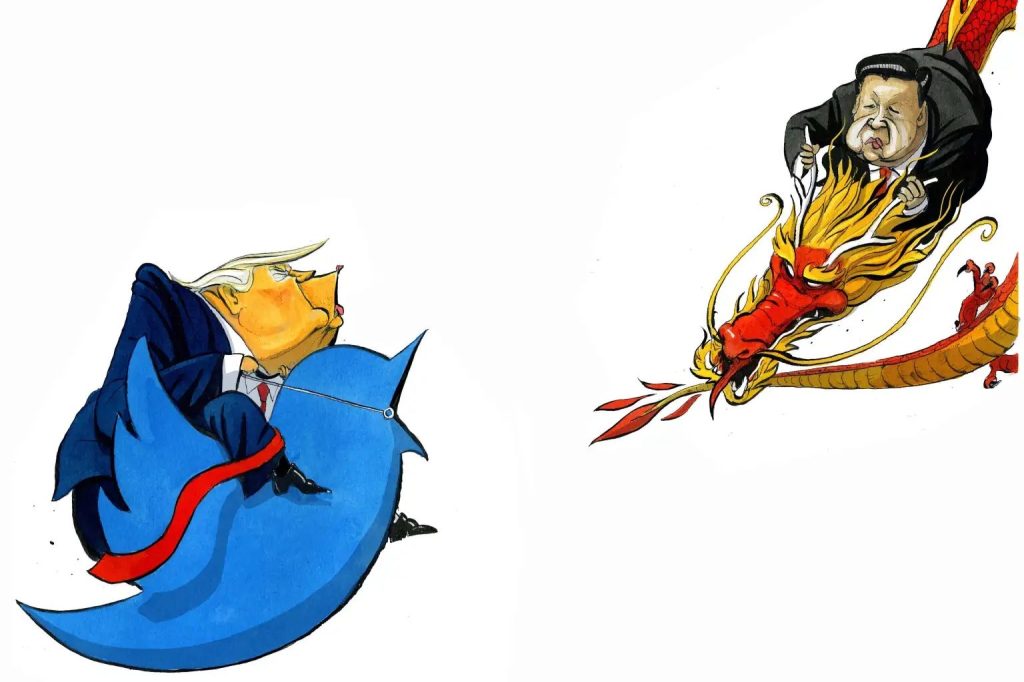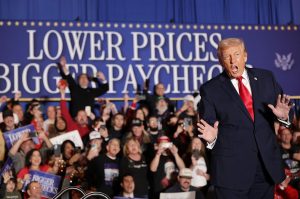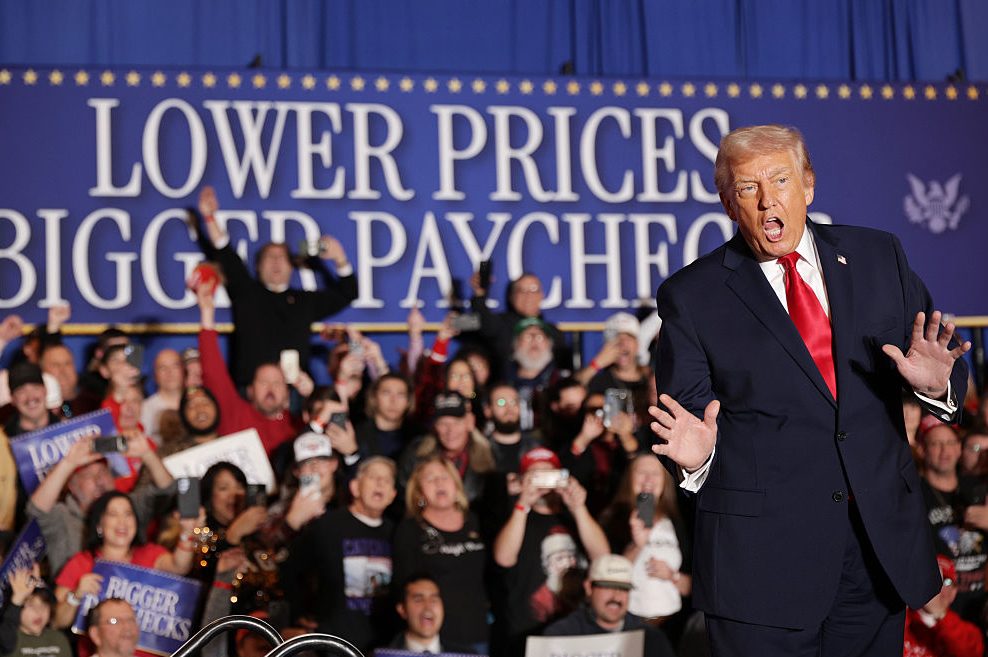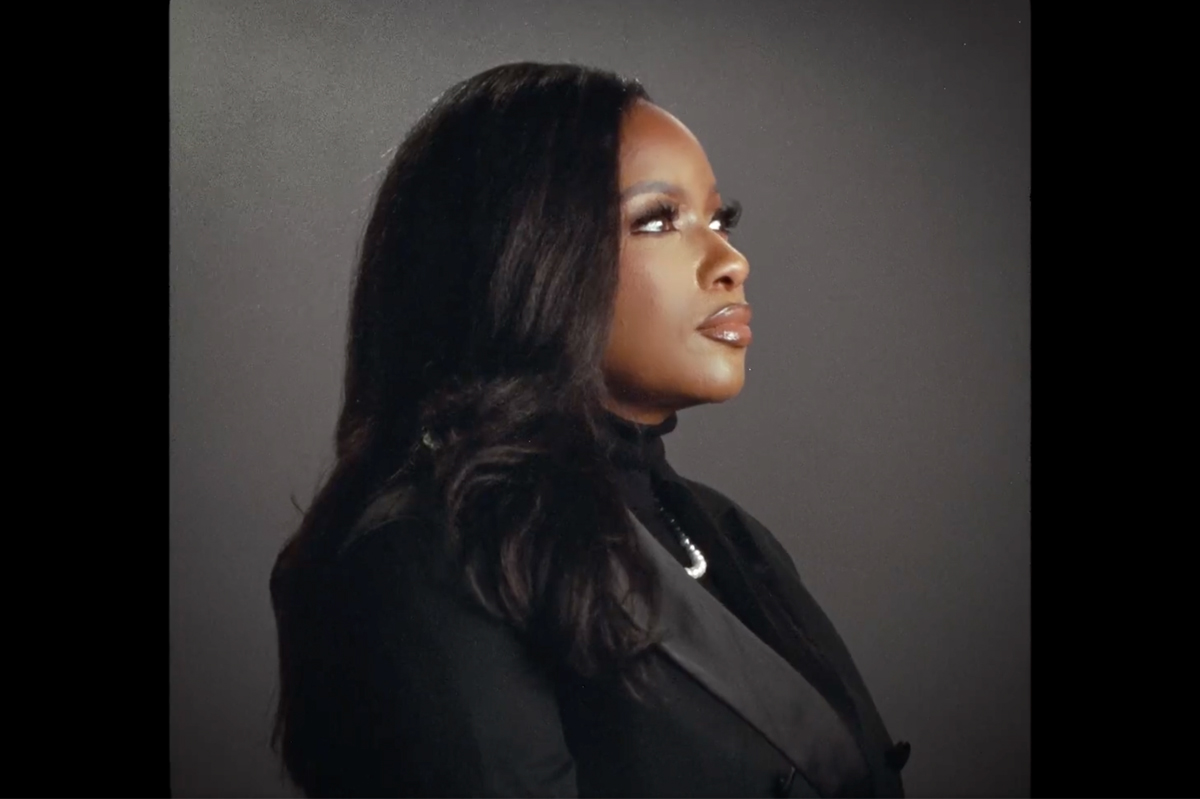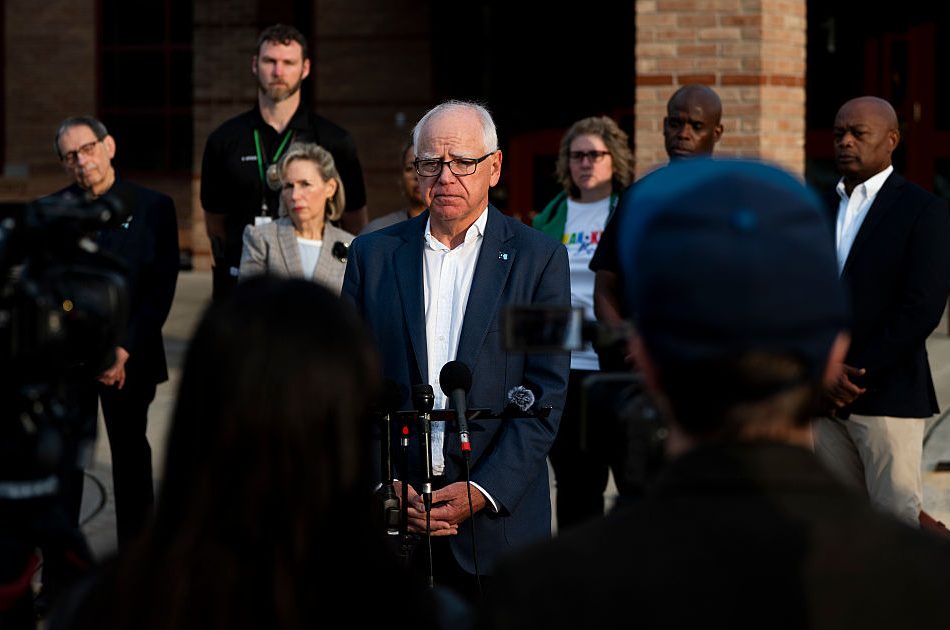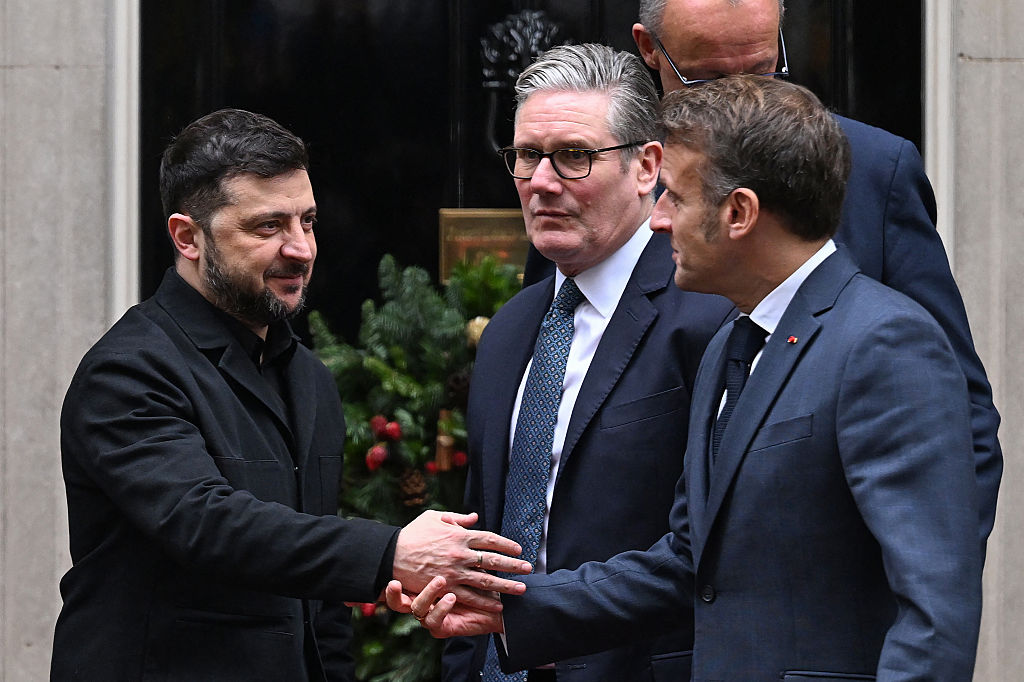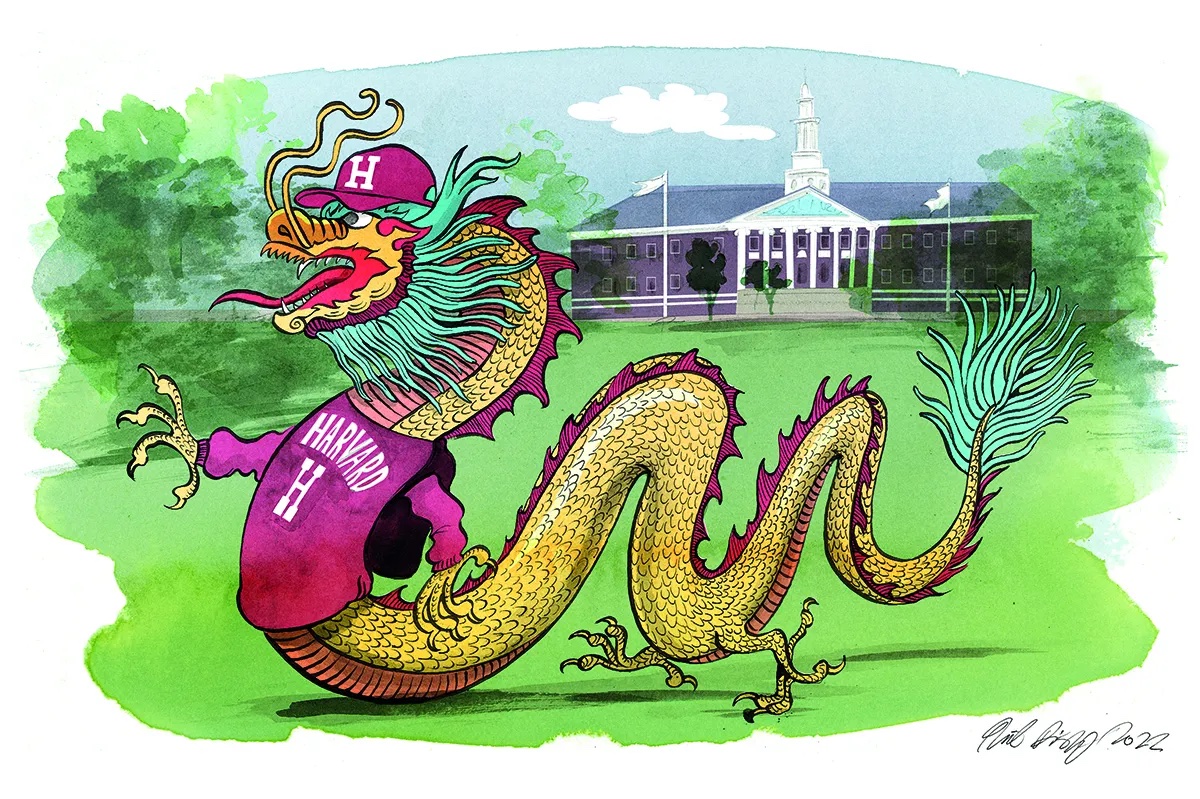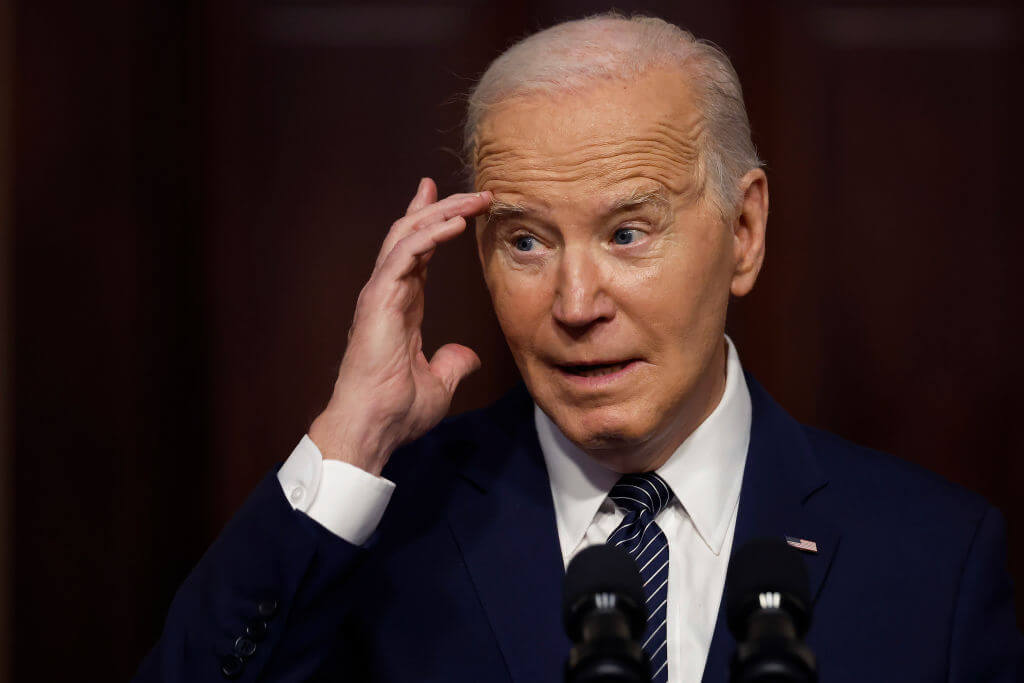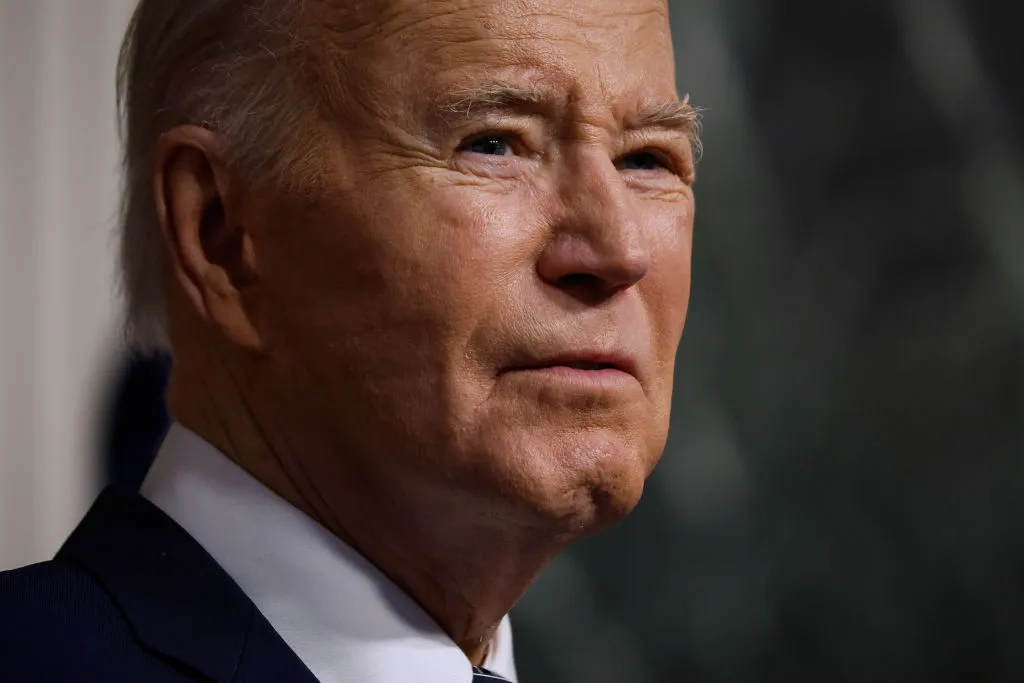What are the real intentions of President Donald Trump’s trade war? Does he really believe tariffs work to boost economic growth domestically? Does he see them as tools to prop up American businesses, as his vice-president does? Or, as in his first term, are threats of import levies almost purely about leverage — and if so, what does he want?
Last-ditch efforts to pause 25 percent tariffs on Canadian and Mexican goods seem to have worked, with both countries pledging to better police illegal immigration and drug trafficking across the borders. Trump has suspended the implementation of tariffs for thirty days to see if both countries can move towards what he calls “FAIRNESS FOR ALL.”
Yet how Canada ended up in the same bucket as Mexico remains a mystery, even to those who are sympathetic to the president’s agenda. (Mexico is one of the top two “primary source countries” for fentanyl flow to the United States; Canada accounts for less than 1 percent.)
While the trade war starts to calm, one country remains actively in battle with the United States. China — which is now subject to an additional 10 percent levy on goods imports — retaliated at midnight when the US tariffs kicked in, announcing 10 and 15 percent levies on specific US goods, including crude oil, large cars and trucks, coal, machinery, and liquified natural gas. Chinese tariffs on US goods do not come in until February 10 — suggesting a non-formalized negotiation period, during which talks could in theory take place. Trump is expected to speak to President Xi in the near future — a conversation that may be pushed forward as China has also opted to cut off exports of rare earth metals to the United States.
The president is moving so fast and breaking so much, it’s increasingly difficult to piece together his economic agenda. But some of the pieces are now falling into place.
Despite declaring a brief trade war on three of America’s largest trading partners, the US has, so far, formally entered into one — and it’s the country that was set to be hit with the lower level of tariffs.
This is bad news for tariffs advocates who come from an ideological perspective: contrary to their brief optimism that Trump really thinks tariffs are the key to a booming economy, they are clearly first and foremost a negotiating tactic, as Team Trump always suggested. “I am very pleased with this initial outcome,” the president shared on Truth Social, “and the tariffs announced on Saturday will be paused for a thirty day period to see whether or not a final economic deal with Canada can be structured.” These are not the words of a president who is prioritizing protectionism. They are the words of a president who wanted other leaders to bend to his border-control demands.
But where Trump is aggressively pursuing tariffs is also not surprising. China was Trump’s country of concern in his first term and the fundamentals have not changed. Rather, his concerns about the country’s influence abroad and economic power have only grown since the pandemic. That the tariffs, so far anyway, have only landed on China (alongside a bid to enhance import checks for cheap goods) is actually consistent with his wider stance on foreign policy: that building up US security, and avoiding unnecessary wars abroad, allows for more resources to be put towards keeping China in check.
Of course, by tomorrow, it could be that the European Union is pulled into a trade war. Canada and Mexico are not out of the woods yet. No one knows what Trump will do next. But looking at his actions so far, there are recurring themes from the first time he was in the Oval Office: blow things up, force negotiations and remember who your real geopolitical foes are. This second term may be following a similar pattern — with bigger explosions, of course.
Watch more on Spectator TV:



